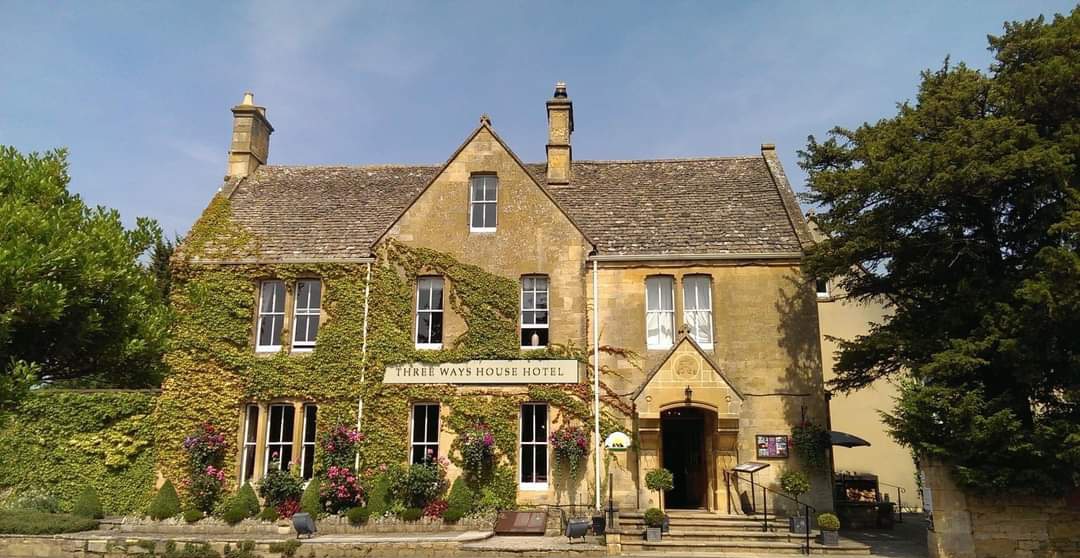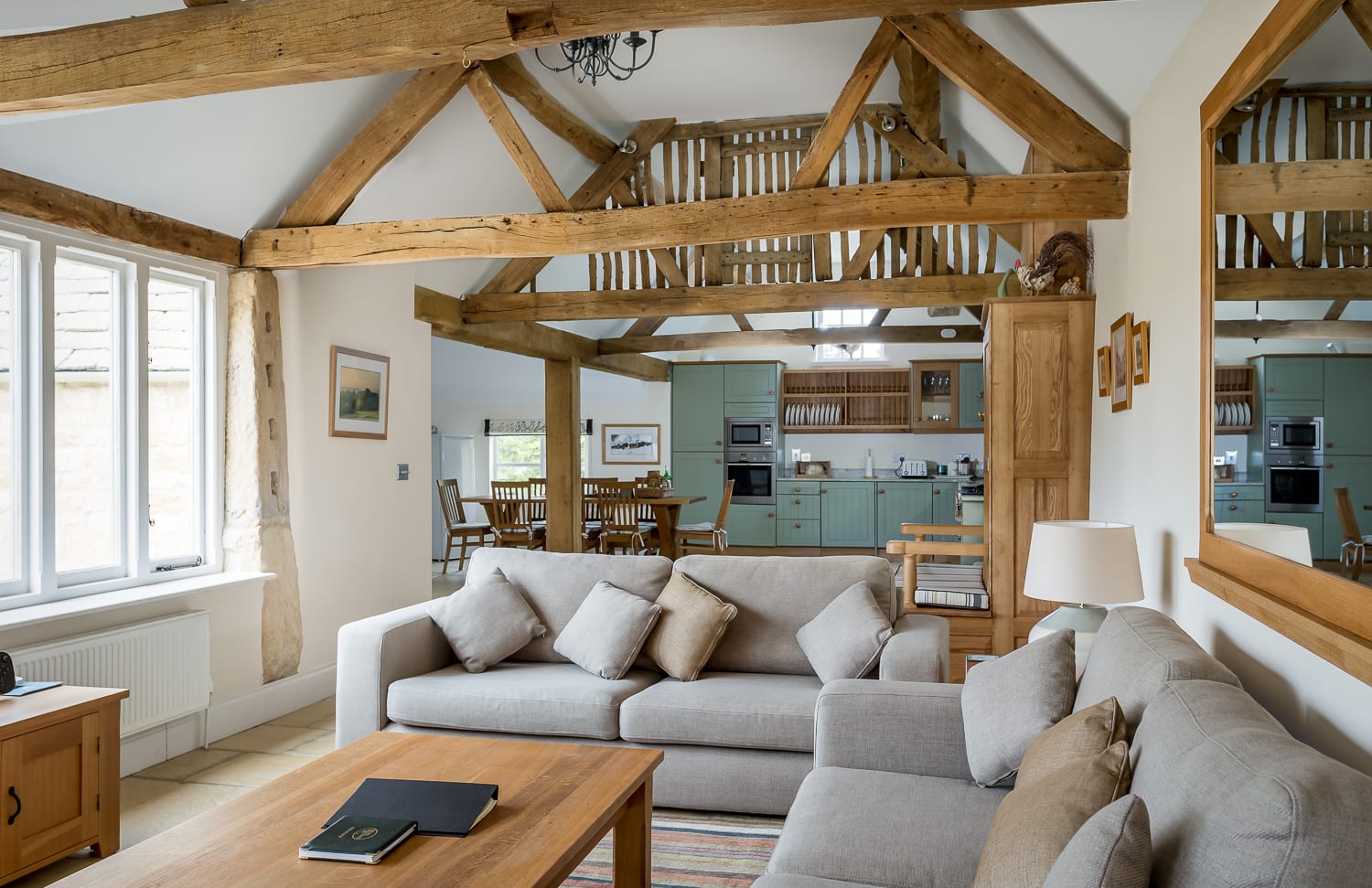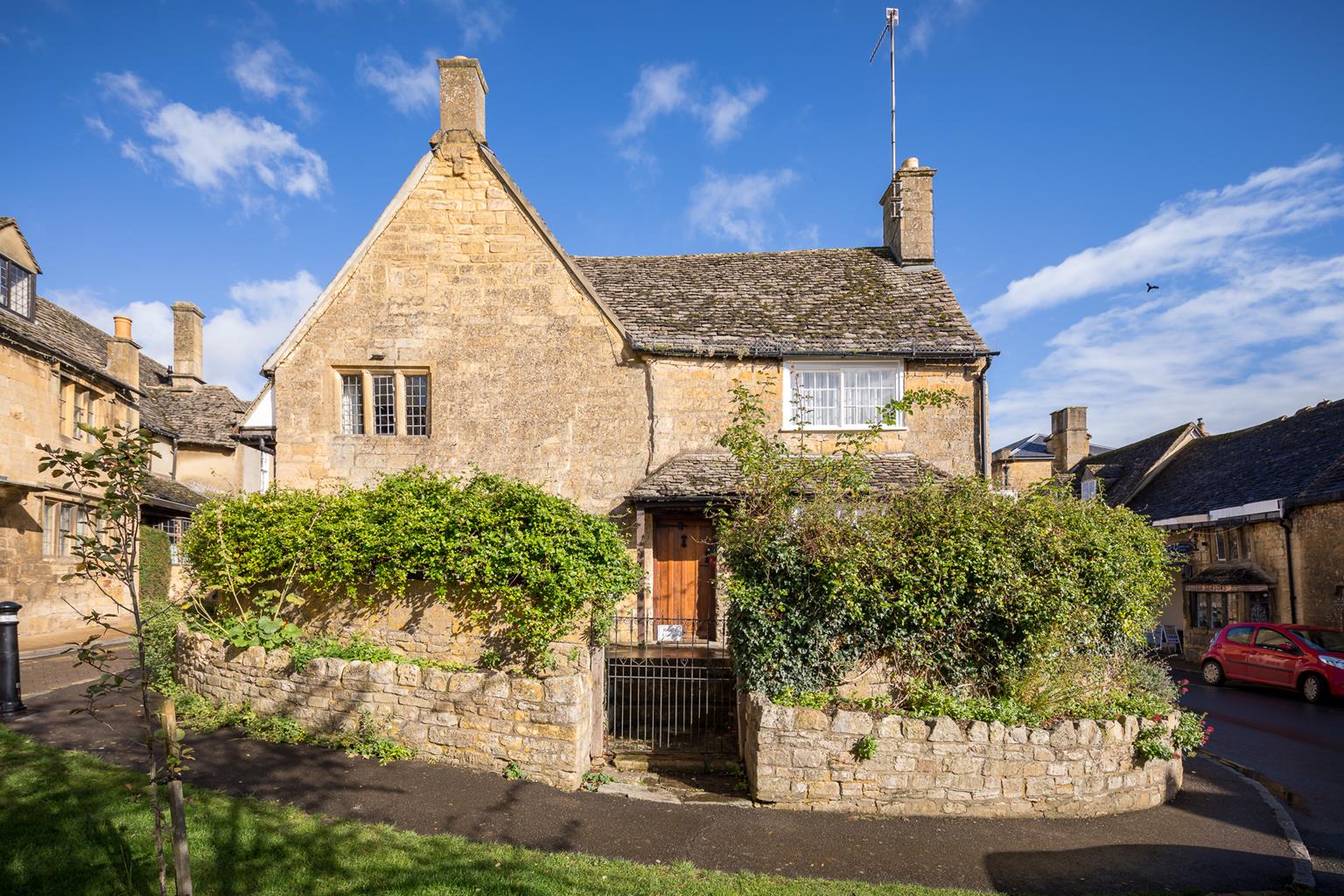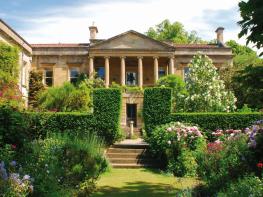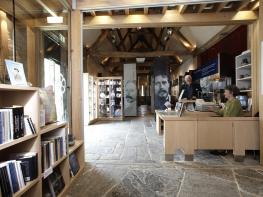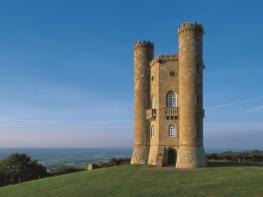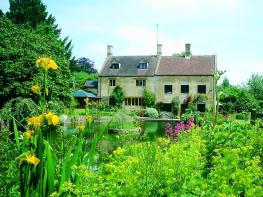Built in 1870, this charming hotel has welcomed guests for over 100 years and is home to the…
Mickleton and Hidcote Manor Garden

Exploring two early 20th-century gardens of international repute
5 miles (8kms)
About the walk
This walk takes you within striking distance of two of the finest planned gardens in the country. The first, Kiftsgate Court, is the lesser known of the two, but nonetheless demands a visit. The house itself is primarily Victorian, but the garden was created immediately after World War I by Heather Muir, who was a close friend of Major Johnston, the creator of the nearby Hidcote Manor Garden. Kiftsgate’s gardens are designed around a steep hillside overlooking Mickleton and the Vale of Evesham, with terraces, paths, flower beds and shrubs. The layout is in the form of rooms and the emphasis is more on the plants themselves, rather than on the overall design.
The second horticultural treat is Hidcote Manor Garden. This garden is the fruit of more than 40 years of work by Major Lawrence Johnson, an East Coast American who purchased the 17th-century manor house in 1907 and gave it to the National Trust in 1948. Many people consider it be the greatest of English gardens, and certainly it is one of the most influential. Hidcote grew from almost nothing – when Major Johnson first arrived there was a just a cedar tree and a handful of beeches on 11 acres (4.5ha) of open wold.
To some extent it reconciles the formal and informal schools of garden design; Hidcote is not one garden but several. Like Kiftsgate, it is laid out in a series of ‘outdoor rooms’, with walls of stone and of hornbeam, yew and box hedge. These rooms are themed, having names such as the White Garden and the Fuchsia Garden. There is also a wild garden growing around a stream, as well as lawns and carefully placed garden ornaments.
This walk begins in Mickleton, at the foot of the Cotswold escarpment, below these two fine gardens. It’s clearly a Cotswold village, with its mixture of stone, thatch and timber. The church has a 14th-century tower and a monument to Thomas Woodward, the 18th-century quarry owner from Chipping Campden. Near the hotel in the village centre is a Victorian memorial fountain designed by William Burges, the architect behind Cardiff Castle.
Walk directions
With your back to the church, turn right up a bank to reach a kissing gate to the left of Cowland Orchard. Continue diagonally right across a field to a kissing gate at a thicket. Follow a path through trees and go through another kissing gate to emerge into a field. Follow its left margin to reach a kissing gate at the end.
In the next field, go slightly right to a gate in the top corner. Cross a road and go up some steps to a gate. Turn right to walk around the edge of the field as it bears left. After 250yds (229m), take a path among trees, a steep bank eventually appearing down to the right. The path brings you to a field and then a Dutch barn.
At the barn turn left, briefly joining a semi-surfaced track to the left. On the far side of a hedge, turn right and follow the edge of a field to the bottom corner. Go through a gap to a bridge with a stile on each side over a stream, cross and turn left.
Follow the margin of the field as it goes right and then right again. Continue until you come to a gateway on the left. Go through this and walk until you reach a field gate at a road. Walk ahead through Hidcote Boyce. Where the road goes right, stay ahead to pass Top Farm.
Beyond a kissing gate, take a rising track along the edge of successive fields. Nearing the top, follow the track through a gate, and bear left and then right around a hedge and head for a field gate at the top of the slope. In an area of grassy mounds, stay to the left of a barn and head for a gate in the top-left corner.
Follow the path to a road. Turn sharp left to follow the lesser road. Immediately before a radio mast, turn left onto a track and follow this all the way down to pass through Hidcote Manor Garden’s car park entrance. Go straight on for 30 paces to turn left through a gate, and then immediately right to walk a path parallel to the road with Hidcote’s trees on your left. Walk through a beech copse, enter a field through a kissing gate and cross it to a gate on the far side.
At the road, turn right and then, before Kiftsgate Court, turn left through a gate and descend through a field. Pass through some trees and follow the left-hand side of the next field, through a gate and left around another field, until you come to a stile on the left. Ignore a footbridge to your left. Follow the edge of the next field to a gate. Go through this and head towards Mickleton Church and a path between walled graveyards to return to the start via a gate.
Additional information
Fields, firm tracks, possibly some muddy woodland
Woodland, open hills and villages
On lead in livestock fields, good open stretches elsewhere; dogs not allowed in Kiftsgate Court
OS Explorer 205 Stratford-upon-Avon & Evesham
Free car park at church, Mickleton
None on route
WALKING IN SAFETY
Read our tips to look after yourself and the environment when following this walk.
Find out more
Also in the area
About the area
Discover Gloucestershire
Gloucestershire is home to a variety of landscapes. The Cotswolds, a region of gentle hills, valleys and gem-like villages, roll through the county. To their west is the Severn Plain, watered by Britain’s longest river, and characterised by orchards and farms marked out by hedgerows that blaze with mayflower in the spring, and beyond the Severn are the Forest of Dean and the Wye Valley.
Throughout the county you are never far away from the past. Neolithic burial chambers are widespread, and so too are the remains of Roman villas, many of which retain the fine mosaic work produced by Cirencester workshops. There are several examples of Saxon building, while in the Stroud valleys abandoned mills and canals are the mark left by the Industrial Revolution. Gloucestershire has always been known for its abbeys, but most of them have disappeared or lie in ruins. However, few counties can equal the churches that remain here. These are many and diverse, from the ‘wool’ churches in Chipping Campden and Northleach, to the cathedral at Gloucester, the abbey church at Tewkesbury or remote St Mary’s, standing alone near Dymock.
Nearby stays
Restaurants and Pubs
Nearby experiences
Recommended things to do
Why choose Rated Trips?
Your trusted guide to rated places across the UK
The best coverage
Discover more than 15,000 professionally rated places to stay, eat and visit from across the UK and Ireland.
Quality assured
Choose a place to stay safe in the knowledge that it has been expertly assessed by trained assessors.
Plan your next trip
Search by location or the type of place you're visiting to find your next ideal holiday experience.
Travel inspiration
Read our articles, city guides and recommended things to do for inspiration. We're here to help you explore the UK.


